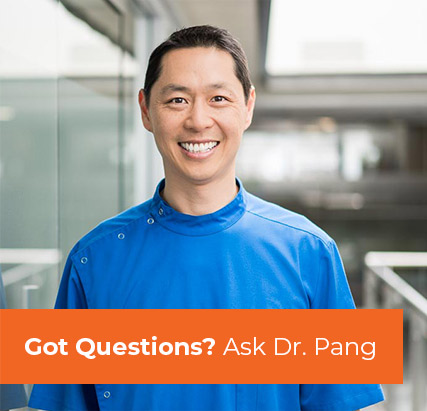- About
- What We Do
- What We Help With
- Services
- Before & After
- Cosmetic Teeth/Gum Solutions
- Blog
- Contact Us
- Book Now
OZONE IN DENTISTRY
Ozone destroys bacteria,
and promotes healing.
Ozone is anti-bacterial, anti-fungal and anti-viral, it speeds up healing and also works on antibiotic resistant bacteria, without causing the issues that antibiotics do. So it should come as no surprise that it’s incredibly useful in dentistry.
Ozone therapy for gums and teeth
Making Ozone in your very own clinic will enable you to help your patients with the following issues, and Dr Jason Pang can teach you how to do it, and how to treat them.
Tooth Decay
Using Ozone to treat cavities not only destroys the bacteria, but it also helps to harden the dentine. This results in minimally invasive restorations that leave the tooth stronger. We also use it after a tooth extraction, to help prevent post-operative infection.
Periodontal Disease
As a disease related to bacteria and the immune response, periodontal disease can also be treated effectively with Ozone, killing the bacteria and preventing the spread of infection to the jawbone. Because it oxygenates the connective tissues, it also promotes faster healing afterwards.
Endodontics
Ozone can also be used in endodontic procedures such as root canals, effectively drying and disinfecting the canals inside the tooth.
Tooth sensitivity
Although it’s not known exactly why, patients with tooth sensitivity seem to benefit from ozone treatment too.
“Ozone in water can kill bacteria and other pathogenic microorganisms by rapidly rupturing their cell membranes (within several seconds). The same effects occur when dental plaque is exposed to ozonated water as a rinse. Ozonated water has no side-effects such as unpleasant taste or tooth staining, which are characteristic of other biocides or disinfecting agents.”
Professor Laurence Walsh, University of Queensland
Ozone therapy in dentistry
Because we use Ozone in so many treatments, often in conjunction with laser dentistry, we make it on demand in our clinic, right here in Sydney.
We also use ozonated water in our dental chair, through our dental hand-pieces and the dental laser, to actively kill bacteria as we prepare a tooth. We use it in the Airflow Prophylaxis Master to kill bacteria while we perform Guided Biofilm Therapy. We use it as a pre-operative rinse, even use it to rinse our hands, instruments, clean surfaces and floors.
All of this, and more, results in the highest infection control procedures possible, and a safer place for your patients to receive treatment.


Specialised Dental Services
Preventive & Elective Dental
© 2021 Cosmic Smile Pty Ltd – 02 9904 2880
info@cosmicsmile.com.au
Dentist Neutral Bay Sitemap
Address: A: 212/40 Yeo St., Neutral Bay NSW 2089,
Australia
P: 02 9904 2880
